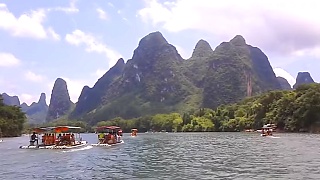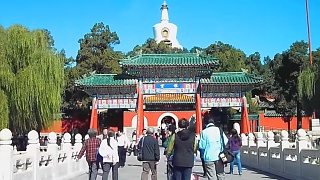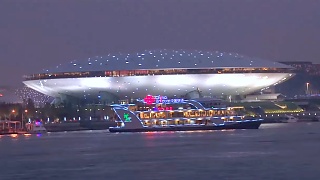With Neutrality Studies and Warwick Powell ...
[640],shadow=true,start=,stop=With BreakThrough News ...
With the Schiller Institute and Larry Wilkerson ...
[320],shadow=true,start=,stop=With Brian Berletic / The New Atlas ...
[320],shadow=true,start=,stop=With Harvey in China ...
[320],shadow=true,start=,stop=With Jason / Living in China ...
[320],shadow=true,start=,stop= Geopolitics update – September 2024
Geopolitics update – September 2024






























